
Dinosaurs don't generally fall under the definition of cute. When you hear the word 'dinosaur', the first image that will pop into your mind would likely be that of a ferocious and gigantic Tyrannosaurus baring its fangs, or of a sly Velociraptor hunting its prey. You don’t think of these mammoth prehistoric beasts as adorable.
However, there were many dinosaur species, spread across different time periods who stand out today precisely because of their charm. They weren’t as well-known as the other savage hunters or giant herbivores, but they still had features that would have probably been considered adorable today. Here is a look at a few of them.
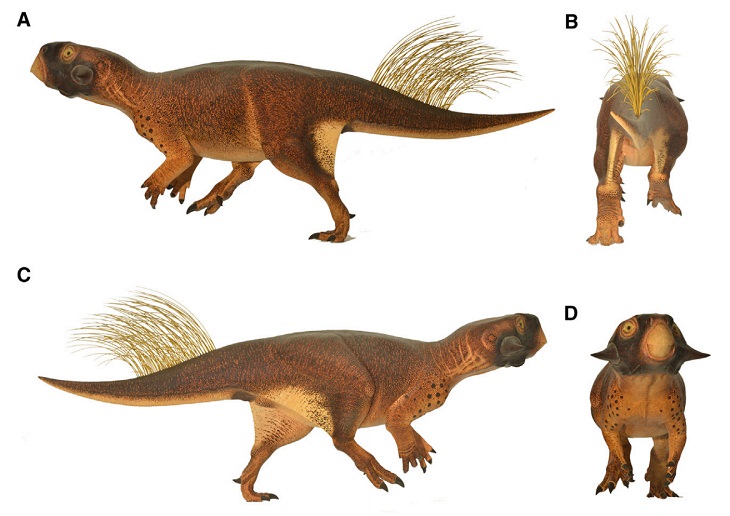
Source: Wikimedia Commons
Also called "Parrot lizard", Psittacosaurus lived in Early Cretaceous Asia about 125 million years ago. They were small - about the size of a Labrador - and were sociable like a meerkat. These lovable little creatures had a gentle nature according to researchers, and they were mostly herbivorous.
Their parrot-like beak and kind eyes give them the appearance of an endearing animal that children would have probably fancied today as their pets had Psittacosaurus lived in the modern age. These little dinos would also have been one of the prime attractions had they been kept in a national park.
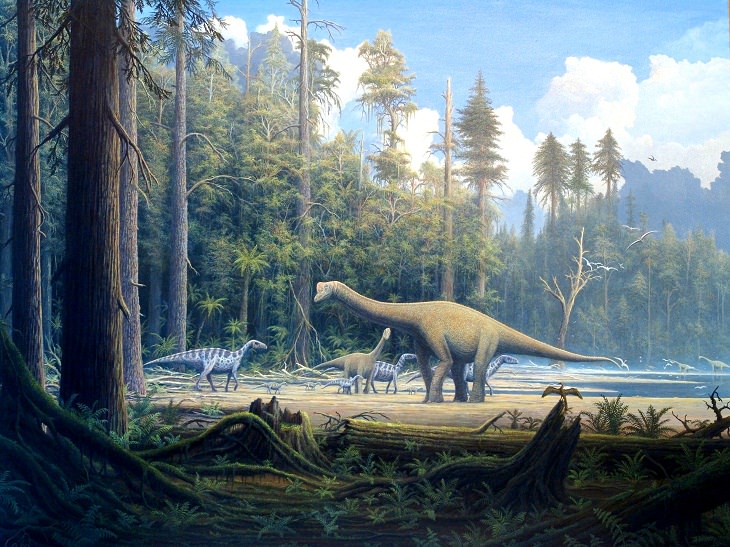
Source: Wikimedia Commons
Recognized as the shortest sauropod yet, the Europasaurus weighed only about 1,000 to 2,000 pounds. Compared to other sauropods like Brachiosaurus and Apatosaurus who weighed 20 to 30 tons, the Europasaurus was quite diminutive. This plant-eating dinosaur thrived in an island habitat in central Europe and would have been about 20 feet long, not much bigger than a modern ox.
Sauropods were the largest of all terrestrial animals, and the small size of the Europasaurus is said to because of "island dwarfing”. This theory implies that the decrease in the average size of individuals in a population is in response to a decline in food where it lives. The carnivorous dinosaurs that lived with the Europasaurus in the island habitat were comparably small as well.
This dwarfed sauropod has fascinated researchers for a long time because of the mystery of its size. They were pretty gentle and graceful in the way they walked and would have made for an endearing sight.

Source: Wikimedia Commons
This adorably tiny dinosaur was only three feet long from head to tail and weighed just about 20-30 pounds. Chaoyangsaurus lived during the Late Jurassic Era and was found in the Chaoyang area of Liaoning Province, northeastern China, about 140 million years ago. The tiniest of frill, a tufted-tail, and a hornless beaked face gave it quite a cute appearance.
The Chaoyang is also related to frilled dinosaurs like Triceratops and Pentaceratops. The diet of this little dinosaur included nuts and seeds, and a few paleontologists believe that it was also a good swimmer. The Chaoyangsaurus would have made for a fascinating addition to a forest reserve or a zoo in the modern age, and its small size and friendly nature would have made it a great attraction for kids.
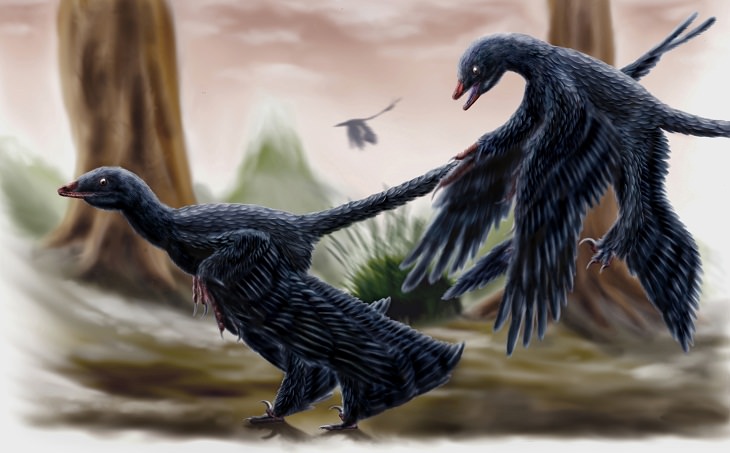
Source: Wikimedia Commons
At first glance, the Microraptor could have easily been mistaken for a bizarre hybrid of a pigeon and a crow. Weighing only 4 pounds and about 2 feet from head to tail, Microraptor was a four-winged dinosaur and belonged to the same family as Velociraptor and Deinonychus. While raptors are known for their ferocious looks and crafty ways, Microraptors, at least by appearance, looked beautiful and elegant. Owing to their small size they usually fed only on insects and small birds.
This tiny animal, which was about the size of a pigeon, had four wings with long feathers on both of its legs and arms. Researchers have noted that while it may not have been a true flier, the Microraptor could glide well. Imagine seeing this unusual but beautiful dinosaur gliding about gracefully in your backyard today. Wouldn’t that be a captivating sight?
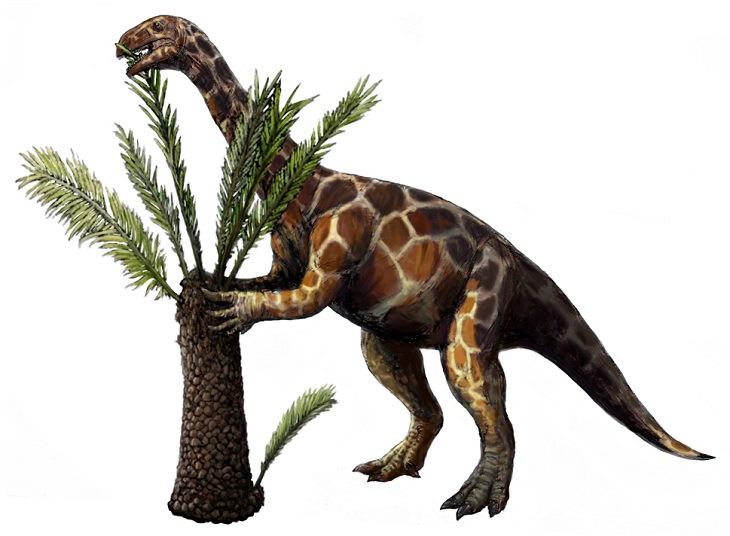
Source: Wikimedia Commons
One of the earliest dinosaurs known to science, Unaysaurus Tolentino was discovered in southern Brazil in 1998 and was announced in 2004. These herbivorous dinosaurs lived about 200 to 225 million years ago in the Carnian to Norian ages of the Late Triassic period and were known to be extremely gentle in behavior.
At about eight feet in height and 200 pounds in weight, the Unaysaurus would probably have appeared like a friendly baby giraffe in those days. Research is still going on about this dinosaur, but from whatever little we know about the Unaysaurus it does appear to be a charming and benign creature.
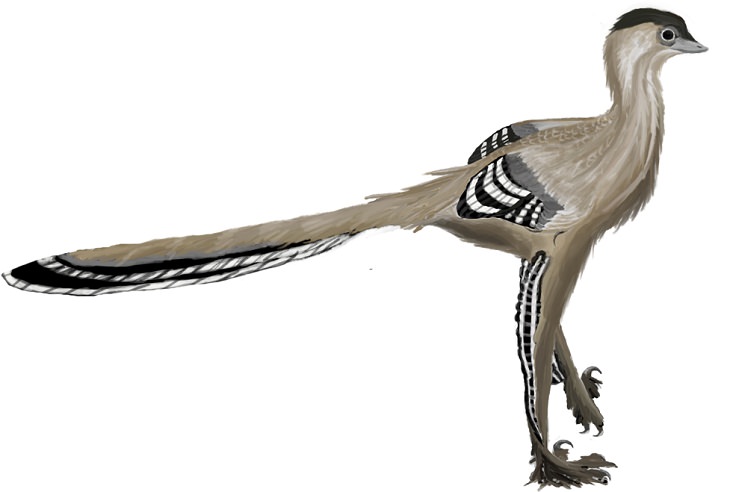
Source: Wikimedia Commons
Mei (from mei long, or 'soundly sleeping dragon') was a feathered theropod of early Cretaceous China and was closely related to the Troodon (bird-like dinosaurs from the Cretaceous period). The fossilized skeleton of this dinosaur was found curled up in a ball in a sleeping posture.
That led paleontologists to believe that Mei might have had some striking similarities to modern-day birds. It is unusual and very rare for a fossil to be preserved in a 'life pose' but it gave plenty of information to researchers about the dinosaur’s behavior and etymology. At just 53 centimeters long, Mei was tiny and its agility and bird-like behavior made it unusually cuddly in appearance.
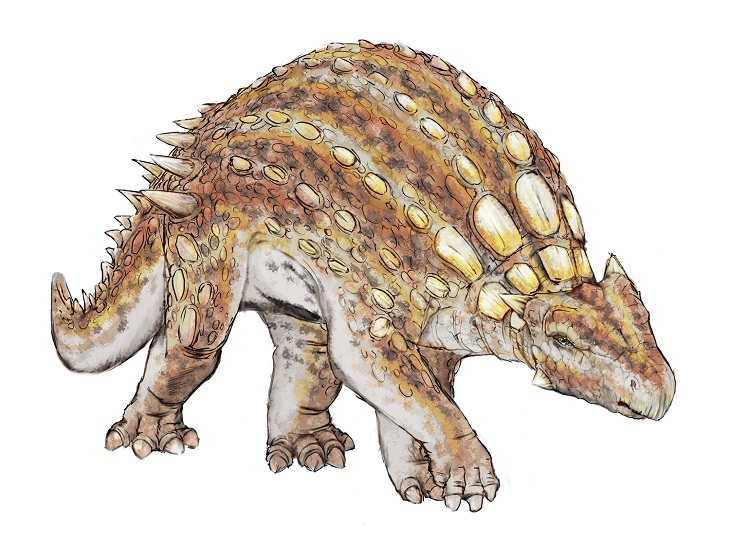
Source: Wikimedia Commons
Named after Australia's Minmi Crossing, this 500-pound dinosaur wasn’t particularly bright – it had a smaller brain compared to its body size. It lived between 110 and 100 million years ago during the Early Cretaceous period. This herbivorous animal had large scutes on the back and belly - an armored skin to protect itself from predators - which gave it a very attractive appearance. However, its nature is said to be very tender and peace-loving.
Interestingly, Minmi was once the shortest dinosaur name before it was taken over by Mei. Regardless, Minmi sounds like the cute name of a pet turtle. Given the handsome appearance, gentle eyes, and kindly behavior of this dinosaur, the name fits it perfectly.
Related Articles:
These Animals Cause the Most Human Deaths Every Year
These Beasts Lived Alongside Our Ancestors